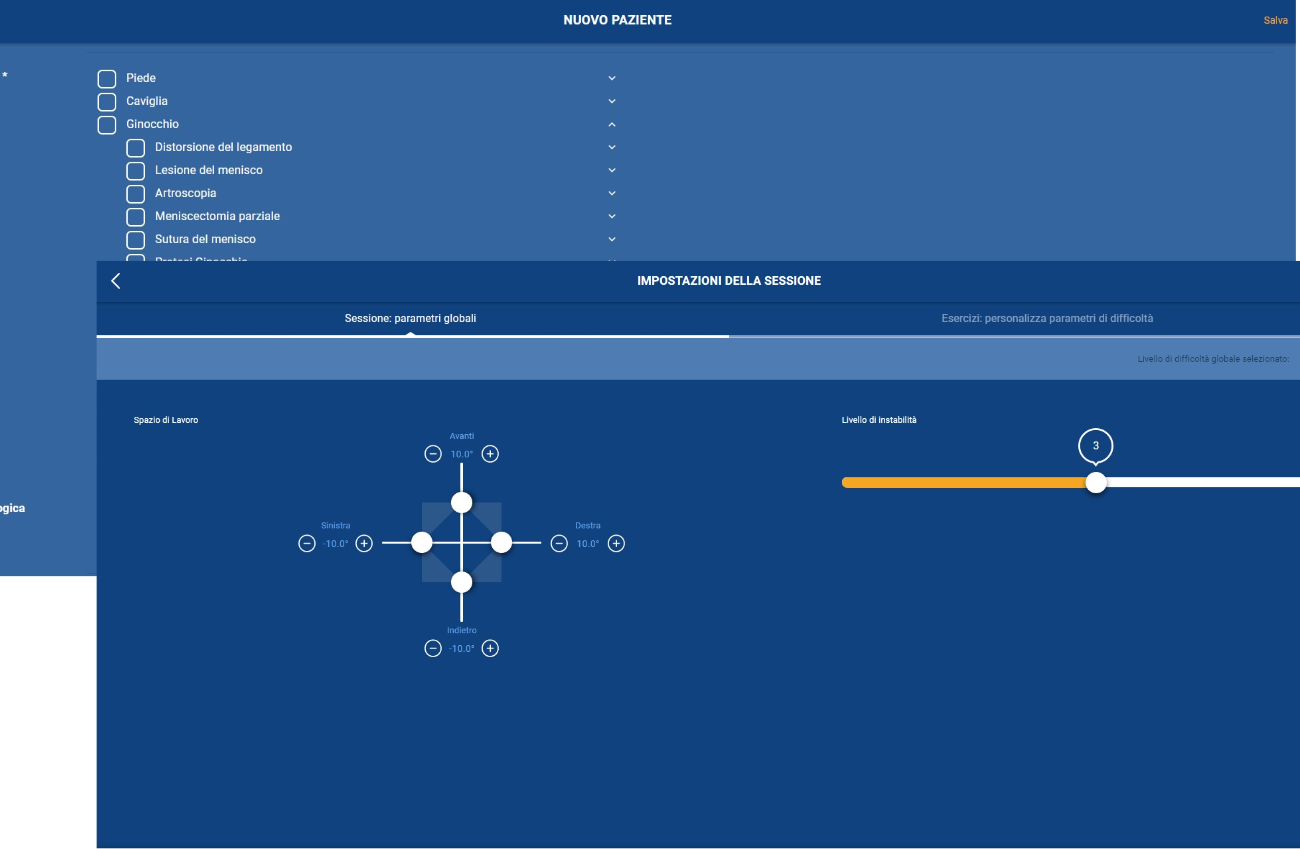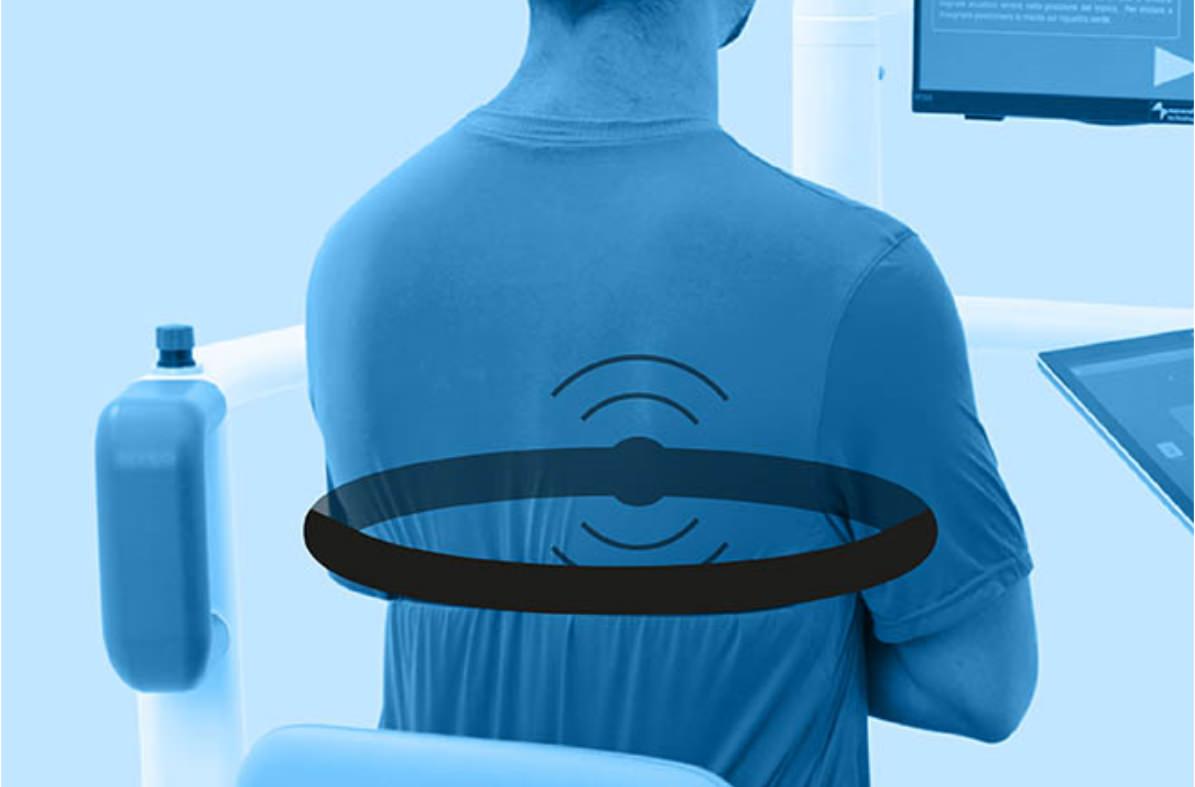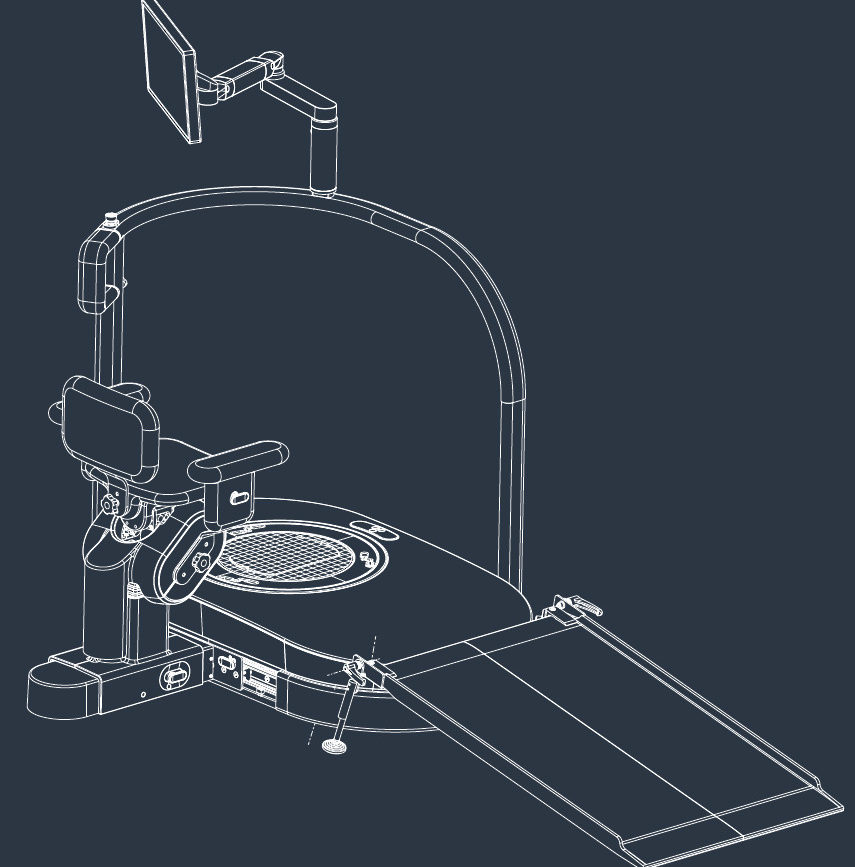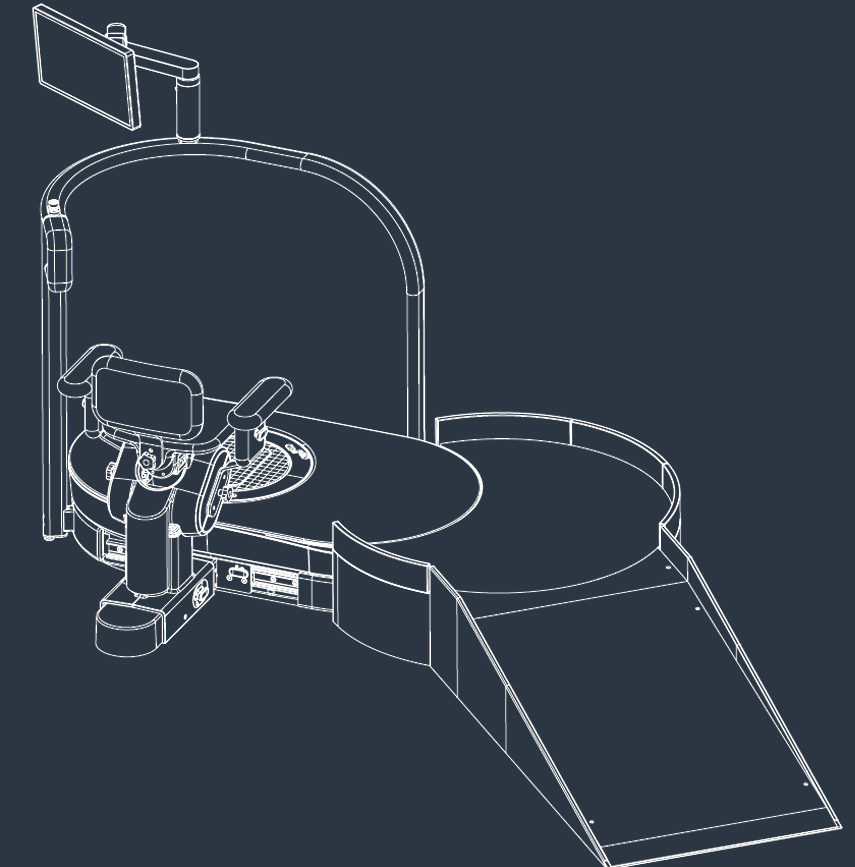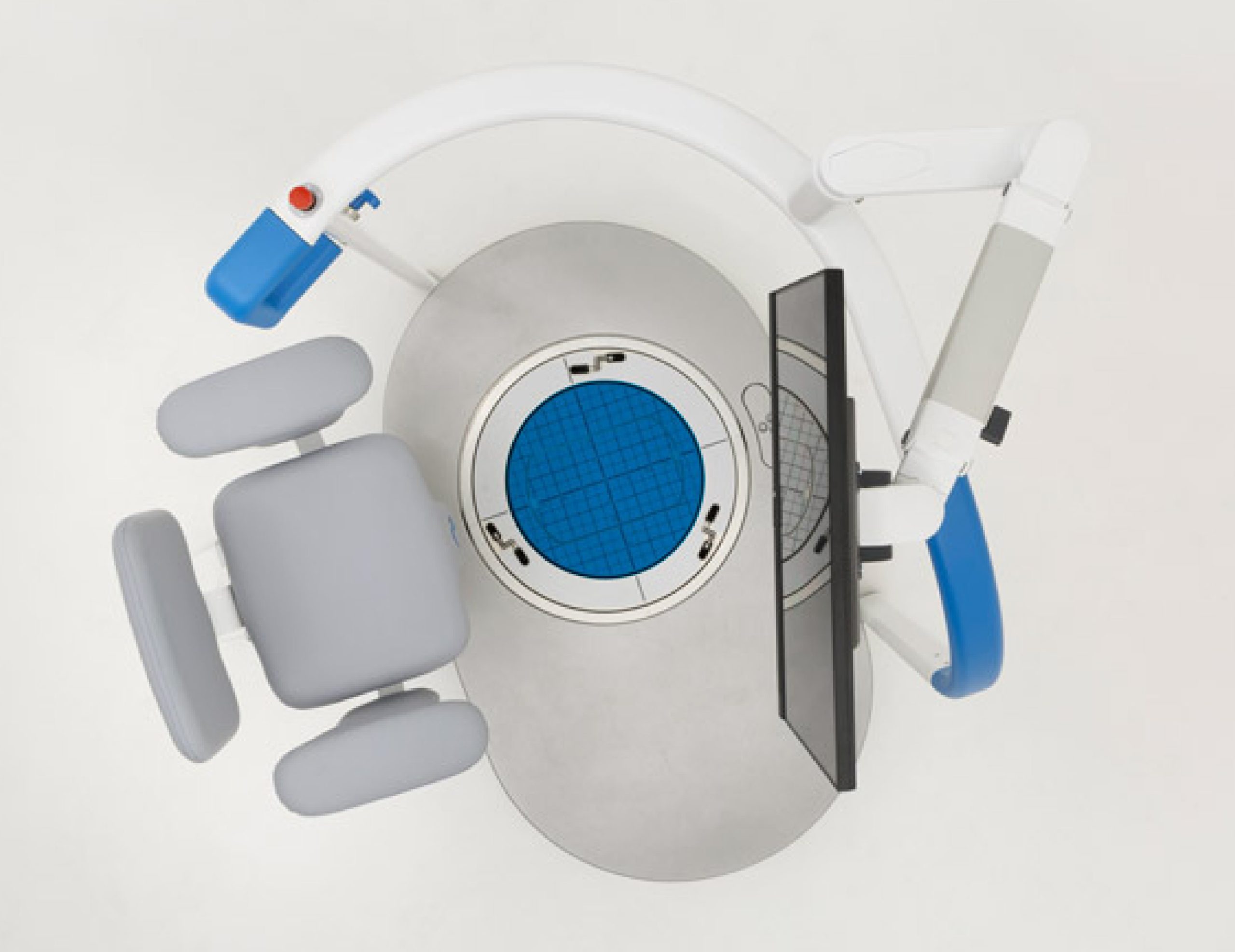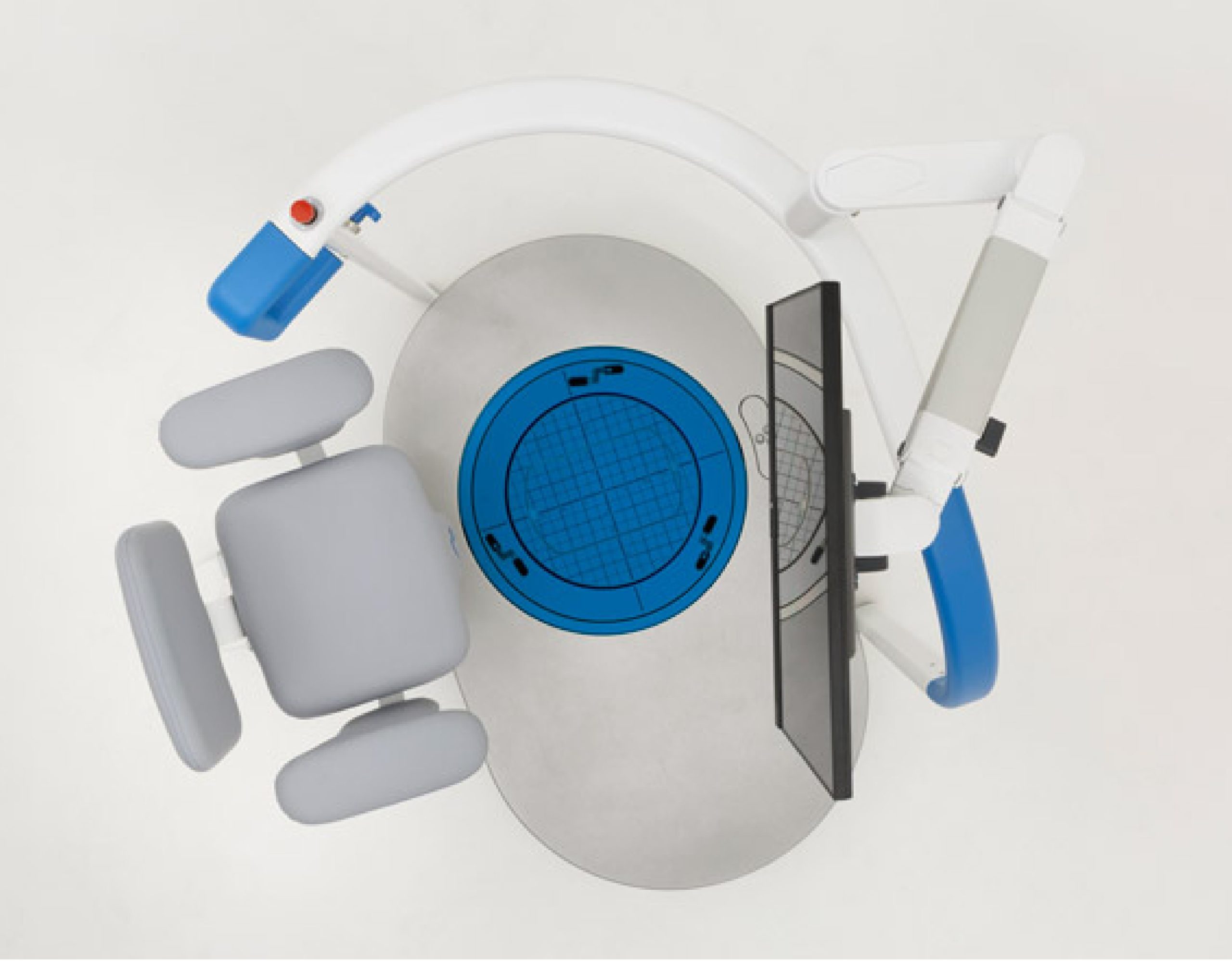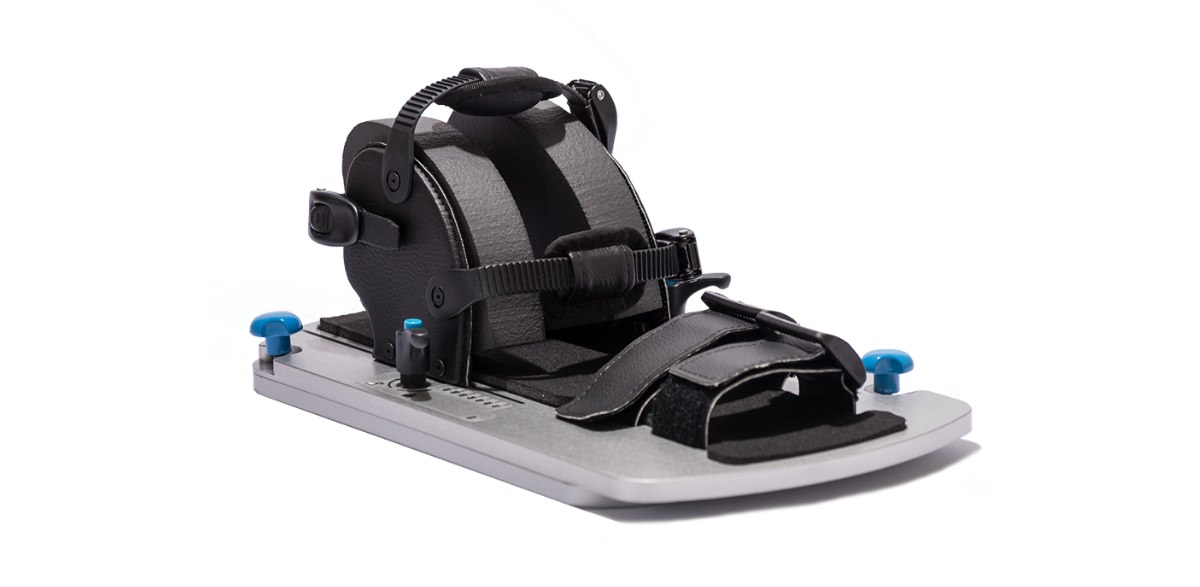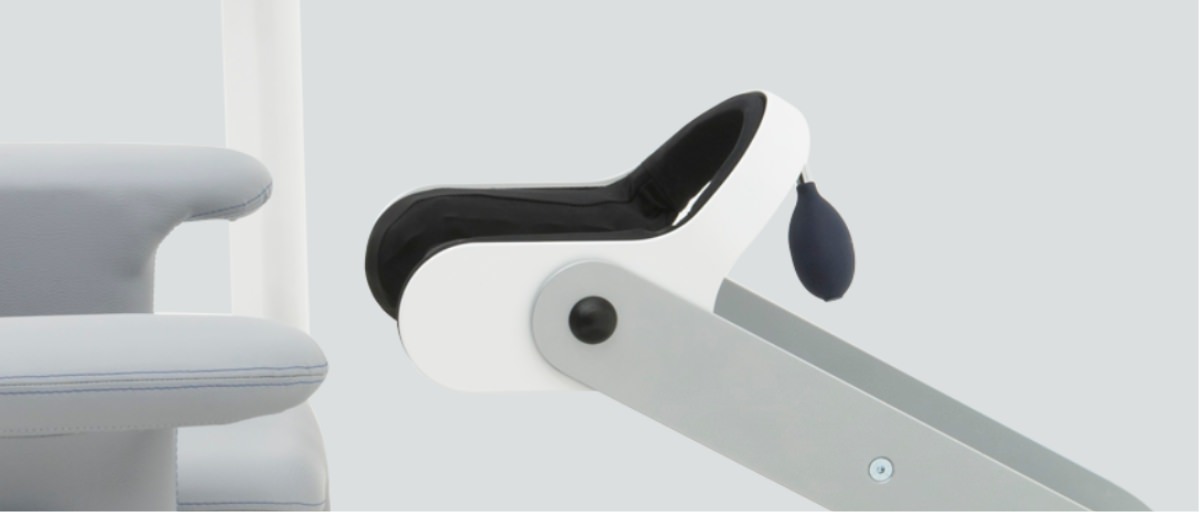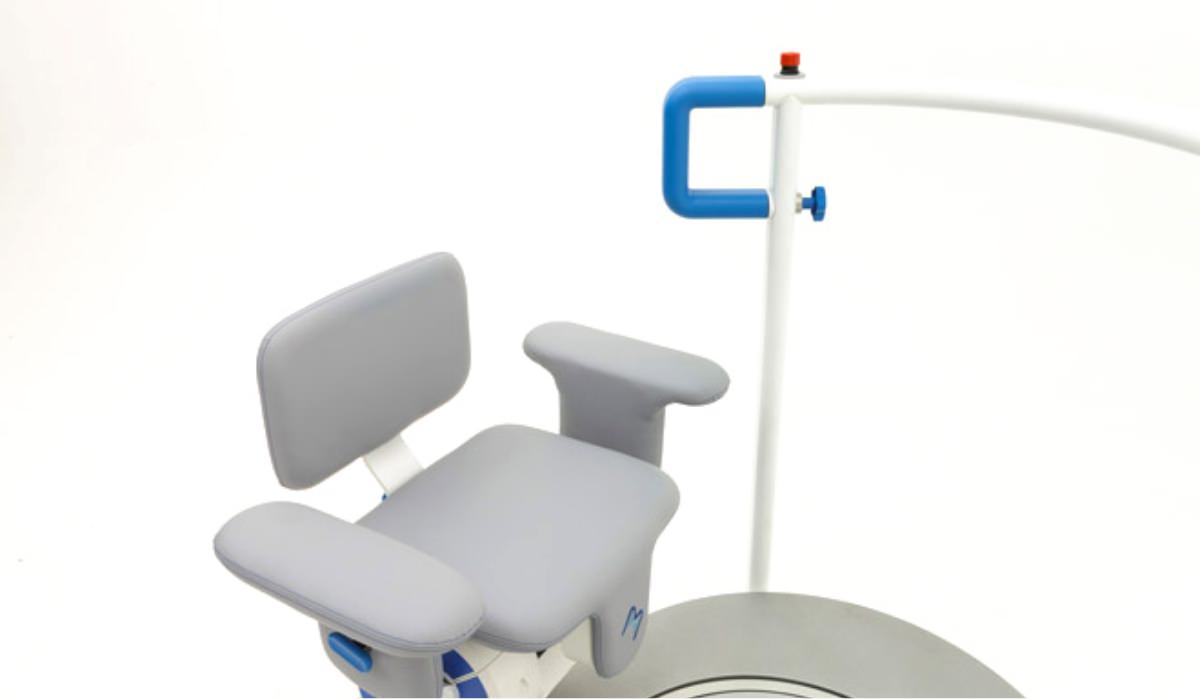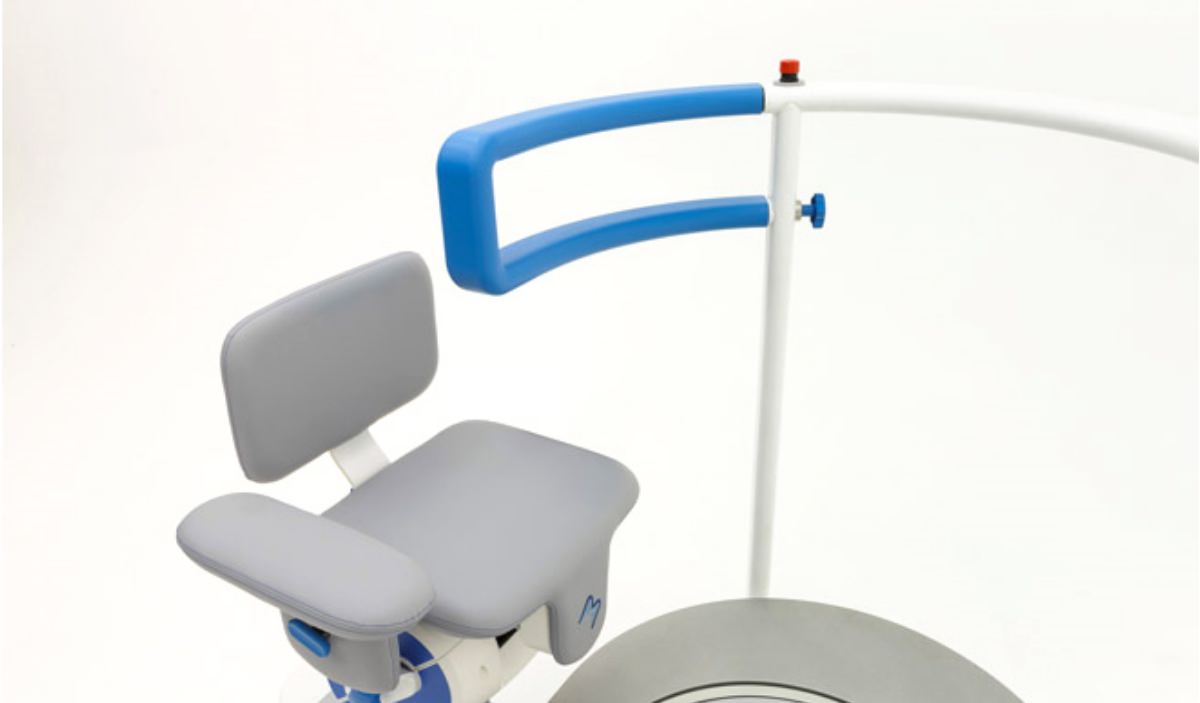Movendo Technology:
the development of clinical technology
Combining research, applied technology and clinical development has allowed Movendo to consolidate a unique position in the global market.
Movendo Technology draws on the technical expertise developed in over a decade of research into robotics and Artificial Intelligence conducted by the IIT, the Italian Institute of Technology, focusing on clinical applications in order to develop robotic rehabilitation solutions for assessment and intervention in the orthopedics, neurology and geriatrics settings.
We develop data-driven solutions and services for prevention and rehabilitation combining robotics, AI and machine learning.
Our mission is to help patients with ortho and neuromotor impairment to restore and improve function for an active life.
Movendo Technology is owned by Sergio Dompé and financed by the Dompé Holdings, one of Italy’s leading biopharmaceutical companies, to innovate the sector and constantly develop new rehabilitation technologies.
These clinical and scientific partnerships led to the advent of the world’s first robotic physiotherapy assistant: hunova.

The Vision
State-of-the-art technologies at the service of mankind
Movendo Technology develops effective, intuitive and user-friendly medical devices that apply the most cutting-edge technologies to serve mankind. Despite being created in Italy, with the flair for aesthetics and design that our country is famous for, our products are conceived to suit the requirements of any person who needs them – wherever they may be – using the best international technology.



